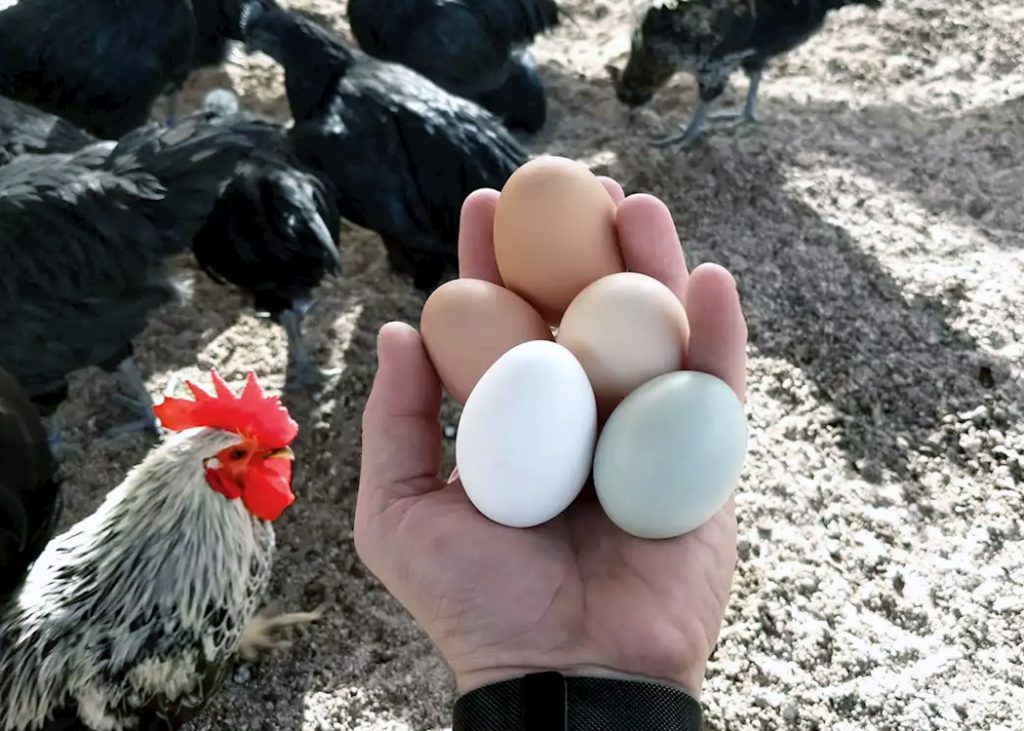
AVN WEB DESK
Unveiling a potential breakthrough in the pursuit of managing the escalating costs of feed, a fresh study from the College of Agriculture and Life Sciences at Virginia Tech challenges the long-held assumptions regarding the relationship between poultry dietary energy and egg production.
While traditionally, feed consumption and egg yield have served as the primary indicators for gauging energy responses in poultry, Prof Michael Persia and his team from Virginia Tech opted for a distinctive approach, aiming to comprehensively explore the matter.
The origins of this research trace back to the years 2008-09, when the surge in corn prices was attributed to the amplified production of ethanol as part of the renewable fuels’ standard. In the quest for alternative energy sources for laying hen diets, the team conducted an exhaustive investigation into the metabolism of laying hens. With over a decade-long research, Prof Persia and his team stumbled upon a significant revelation.
Contrary to the established beliefs, the study found that the quantum of energy provided to hens through their diets does not have an immediate impact on egg production. Hens consistently lay eggs as long as they maintain adequate fatty tissue and reserves to fuel the energy required for egg production.
Persia elaborated that the dietary energy seems to notably influence body mass and fatty tissue before manifesting direct performance changes. Therefore, assessing the hen’s energy status through body weight and composition appears to be more sensitive than relying solely on egg production or feed efficiency as metrics.
Their findings, which were recently published in the Journal of Applied Poultry Research, received a significant boost from the John Lee Pratt Animal Nutrition Senior Research Scholar Program. Alyssa Lyons, a doctoral candidate in the School of Animal Sciences, spearheaded the research as the primary author, with her initial involvement in the project dating back to her undergraduate years in Persia’s lab.
More recently, the costs of dietary oil, the second-largest energy component of poultry diets, have soared with the increased production of biodiesel. In response, Persia and his team executed an experiment to assess the impact of varying dietary energy levels on the performance and energy storage of laying hens aged 36 to 52 weeks.
The experiment involved 252 hens fed one of seven experimental diets, ranging from 2,750 to 3,050 kilocalories in dietary energy. Parameters such as egg production, energy intake, feed intake, egg weight, egg mass, and feed efficiency were thoroughly scrutinised. Additionally, the hens’ weights were logged every four weeks, and their total carcass mass, lean mass, and fat mass were determined at 52 weeks of age using dual-energy x-ray absorptiometry.
The results shed light on the significant impact of dietary energy intake on total carcass mass and carcass fat mass, all preceding any effect on the number of eggs produced.
While egg production remained unaffected, total mass, body weight, and fat mass exhibited conspicuous declines with decreasing dietary energy, and these declines were directly linked to the energy levels, Persia highlights. This suggests that hens will continue laying eggs at the expense of depleting their energy reserves in the short term.
The implications of this discovery are substantial, both from an environmental and economic standpoint. Persia stressed that a deep comprehension of these birds’ requirements will eventually cut down on egg production costs, with enhanced feeding efficiency translating into economic gains. Moreover, she says the environmental impact is noteworthy and that optimising resource utilisation within the diet means less wastage, thereby benefiting the environment.
In essence, this groundbreaking research challenges traditional practices in poultry dietary management and paves the way for enhancing efficiency and sustainability in the poultry industry.





